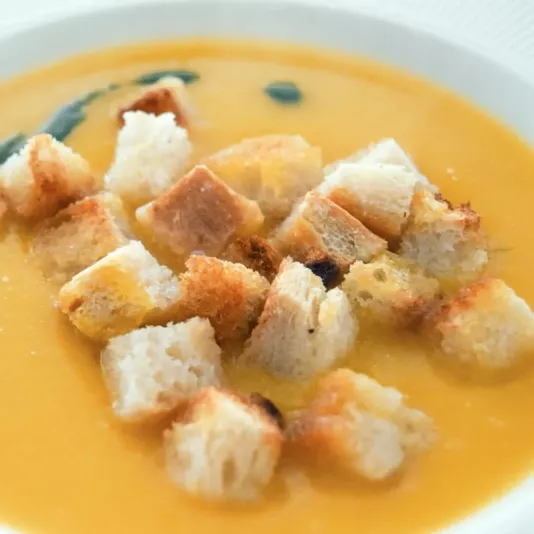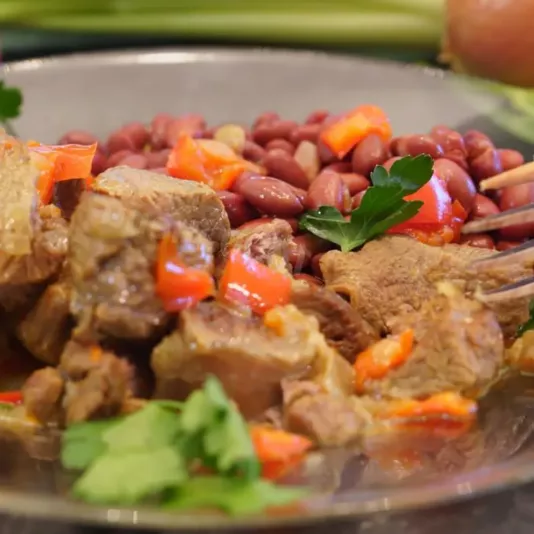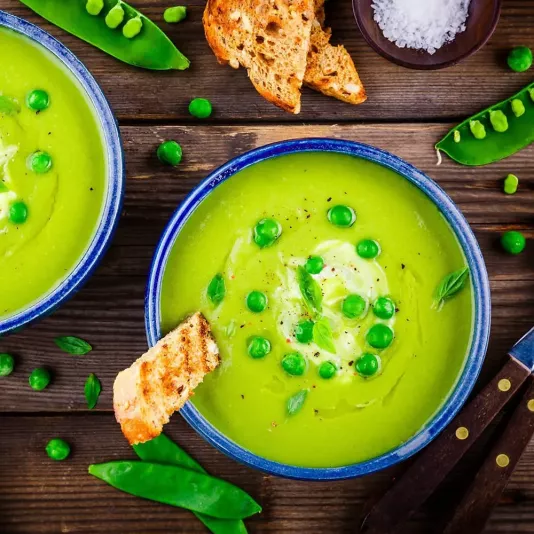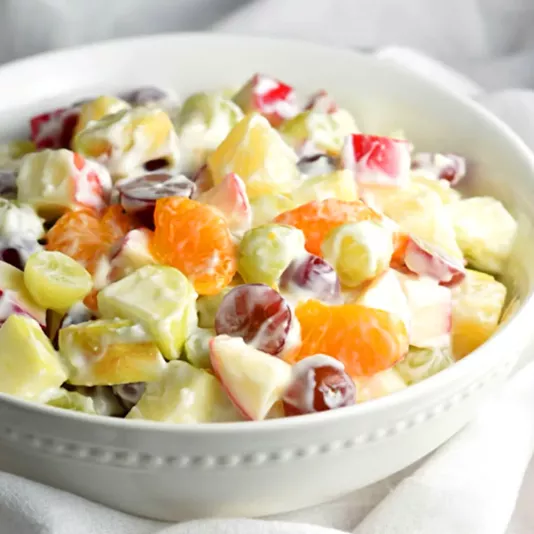American Cuisine
American cuisine embodies the spirit of freedom and openness, as this is where everyone can create their own version of the classics. It was born from the combination of cultures and traditions: English, German, Italian, and Mexican. This culinary mix has given the world many unique dishes – from crispy breakfast bacon to fragrant apple pie. I often say that American cuisine values not so much the form as the essence: what matters is not perfect presentation but taste and comfort. Today, its influence is felt all over the world – in street cafés, fast food restaurants, and family diners. Yet its greatest value lies in the fact that any dish can be easily adapted for home cooking. It is a cuisine that inspires, allows improvisation, yet demands precision, understanding of ingredients, and respect for the process. That’s why I always cook with care, preferring quality ingredients and balanced flavor.
American Cuisine Recipes
American recipes amaze with their accessibility – everyone can find something to their liking. I love that even a simple dish can have countless variations. For example, the burger: it can be made from beef, chicken, turkey, or even fish, with fresh vegetables and sauces added. French fries, cornbread, baked ribs – these are symbols equally appropriate at home or on a picnic. Over the years, I’ve realized that the secret of a successful American recipe lies in the right balance between texture and aroma. If the patty is overcooked, it loses juiciness; if the sauce is too thick, it overpowers other flavors. So I always follow a simple principle: less is more. It’s important to feel the measure, not to overload the dish, yet not to fear experiments. American cuisine allows boldness but requires precision in details – from searing temperature to resting time. This flexibility makes it alive, modern, and always interesting.
The Historical Development of American Cuisine
When I studied culinary history, I was always impressed by how American cuisine grew from the simple needs of colonists into a complex, diverse system. The first settlers had to cook with what they found nearby: corn, pumpkin, game, fish. They adapted old European recipes to new conditions, and that’s how dishes now considered classics were born – Thanksgiving turkey, cornbread, apple pie. Over time, waves of immigrants brought new flavors: Italian pasta, German sausages, Asian sauces. In my practice, I often see that American cuisine never stands still – it constantly evolves while preserving its identity. It is not afraid to combine the incompatible, creating surprising harmony. This is a cuisine about experimentation, but also about tradition. I always feel that even when cooking the simplest American dish, I continue a story where each recipe is part of a shared culture of taste.
Modern Trends in American Culinary Arts
In recent years, American cuisine has become more conscious. Chefs are moving away from excess sugar and fat, replacing them with natural ingredients. I’m pleased that even in big cities, more people are turning to farmers’ markets in search of authentic flavors. I often use local vegetables, seasonal fruits, and herbs. Such ingredients are not only healthy but also bring vibrancy to dishes. In the U.S., the “farm-to-table” movement is actively growing, and I see it as a real step forward. Thanks to it, dishes become not just food but an expression of the philosophy of responsible consumption. At the same time, classic techniques remain: grilling, baking, roasting – only adapted to modern demands. I’ve noticed that even young people have begun to value simplicity – a warm salad, homemade soup, baked meat without excess spices. This shows that American cuisine is returning to its roots – honest, natural food that brings pleasure without excess.
Typical Ingredients and Culinary Techniques
American cuisine is built on respect for basic ingredients: meat, potatoes, corn, legumes, and dairy products. I always pay attention to texture – meat should be juicy, pastries light, sauces smooth. If you neglect the details, the dish loses its character. Classic techniques – frying, grilling, baking, boiling, stewing – may seem simple but require precision. For example, a medium steak needs 230°C (446°F), and even a few seconds can ruin it. I’ve learned not to rely only on a thermometer but on my sense of the product – color, aroma, firmness. Corn-based dishes are symbols of American taste, and potatoes in any form are always appropriate. Sauces are another key component. They bring ingredients together in harmony and add depth. I often make light cream or mustard sauces, avoiding excessive sweetness. All of this makes American cuisine understandable yet refined in its simplicity.
Home Cooking as Part of American Culture
Despite the popularity of restaurants and delivery, home cooking in the U.S. remains an integral part of life. In my family, we still keep the tradition of Sunday dinners: we roast turkey, bake pie, share news. It’s more than food – it’s communication. American cuisine teaches that cooking is a form of love. When I cook, I always pay attention to details: dough temperature, degree of browning, cooling time – everything matters. If you rush, cookies become hard; if you don’t let the meat “rest”, it loses its juices. Yet true mastery lies in these nuances. I’m convinced that home cooking isn’t the opposite of restaurant cuisine but its foundation. It’s at home where recipes are born that later become legendary. And although modern life changes habits, the desire to cook by hand remains. In every homemade dish, there’s a piece of heart, and perhaps that’s why American cuisine hasn’t lost its warmth even in the 21st century.



